[18 september] Happy National day Chile!
 •
by
•
by VampireA
General information
Population : 17,5 milion people (65th in the World, 6th in South America)
Total Area : 756,096 km2 (37th in the World, 7th in South America)
Oficial language : Spanish
Oficial currency : Peso(CLP)
Capital : Santiago de Chile
Population density : 24 people/km2 (194th in the World, 6th in South America)
Top 5 biggest cities : Santiago de Chile, Puente Alto, Antofagasta, Valparaíso, Viña del Mar
Chile is divided into 15 regions, each headed by an intendant appointed by the president. The regions are further divided into provinces, with provincial governors also appointed by the president. Finally each province is divided into communes which are administered by municipalities, each with its own mayor and council elected for four-year terms. Each region is designated by a name and a Roman numeral, assigned from north to south. The only exception is the Santiago Metropolitan Region which is designated RM (Región Metropolitana).
Two new regions were created in 2006 and became operative in October 2007; Los Ríos in the south (Region XIV), and Arica y Parinacota in the north (Region XV).
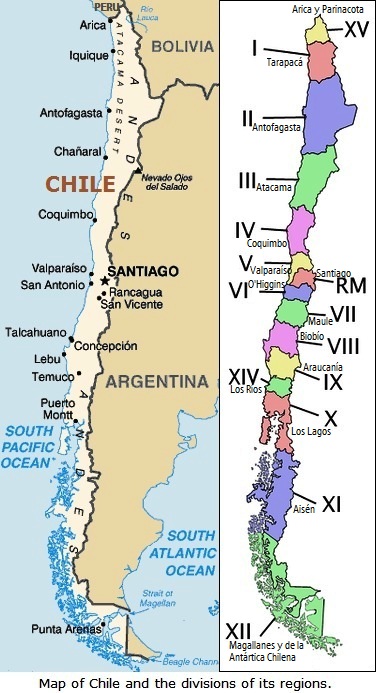
National sport : Chilean Rodeo

National animal : Condor (Vultur gryphus)

Huemul (Hippocamelus bisulcus)

National plant : Copihue (Lapageria rosea)

National instruments : Guitarrón Chileno
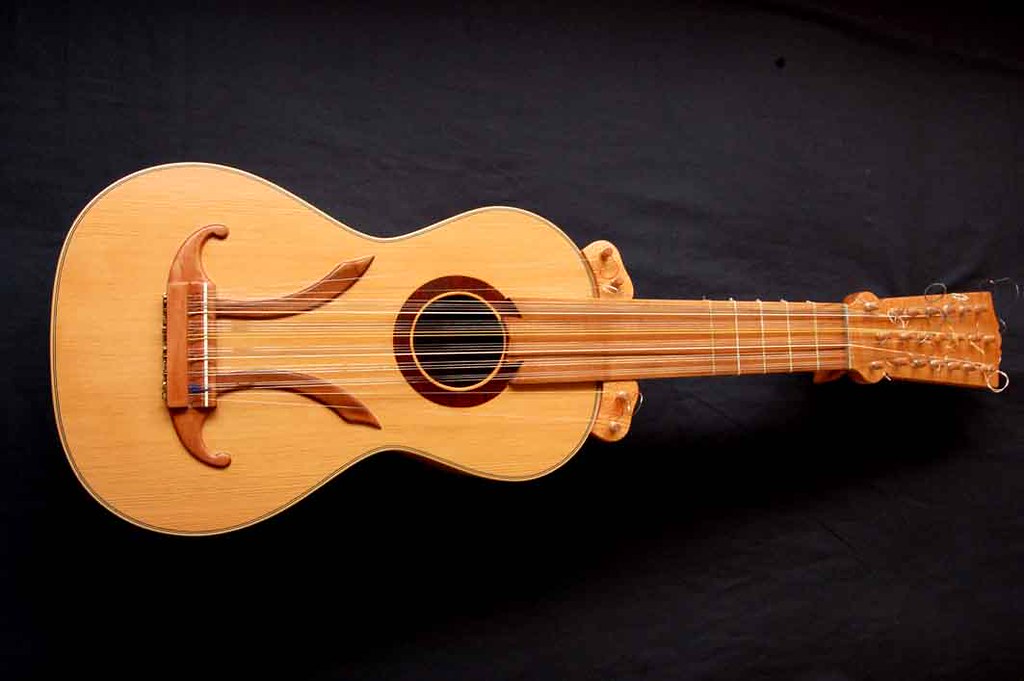
Kultrun


18 september and its semnification
On 18 September 1810, Chile broke from Spanish rule, declaring their independence. The Spanish had ruled Chile since the middle of the Sixteenth Century. The Government Junta of Chile proclaimed Chile an autonomous republic within the Spanish monarchy. This creation is called the old homeland (La Patria Vieja).
Nowadays the celebration is called Fiestas Patrias and consists of two days: 18 september commemoration of the proclamation of the First Governing Body of 1810, and marking the beginning of the Chilean independence process and 19 september known as the "Day of the Glories of the Army".
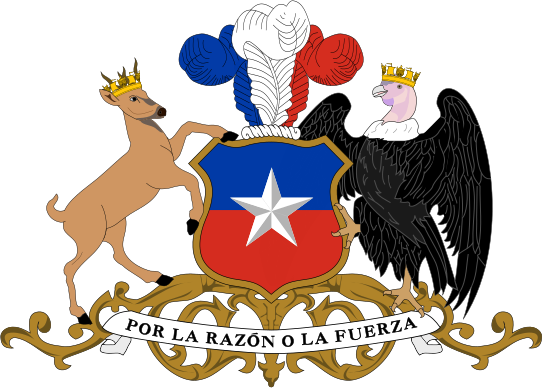
All can I say from my sources is that chileans really know how to have fun , the Fiestas Patrias unoficially last longer reaching a week sometimes. For more information about how they party, research the internet or ask chilean people.

*Chilean “Ramada”

I will try to keep the sections for legends and mythology.. only if I don’t find something interesting I will use it for other things the countries are known for.
For todays article I will start by saying that Chile is a pretty big country with lots of legends depnding of the region of the country, today I chose to bring some of the Mapuches legends to your view, if you are curios you can look for more of them.. or some chileans can tell us more in the coments.
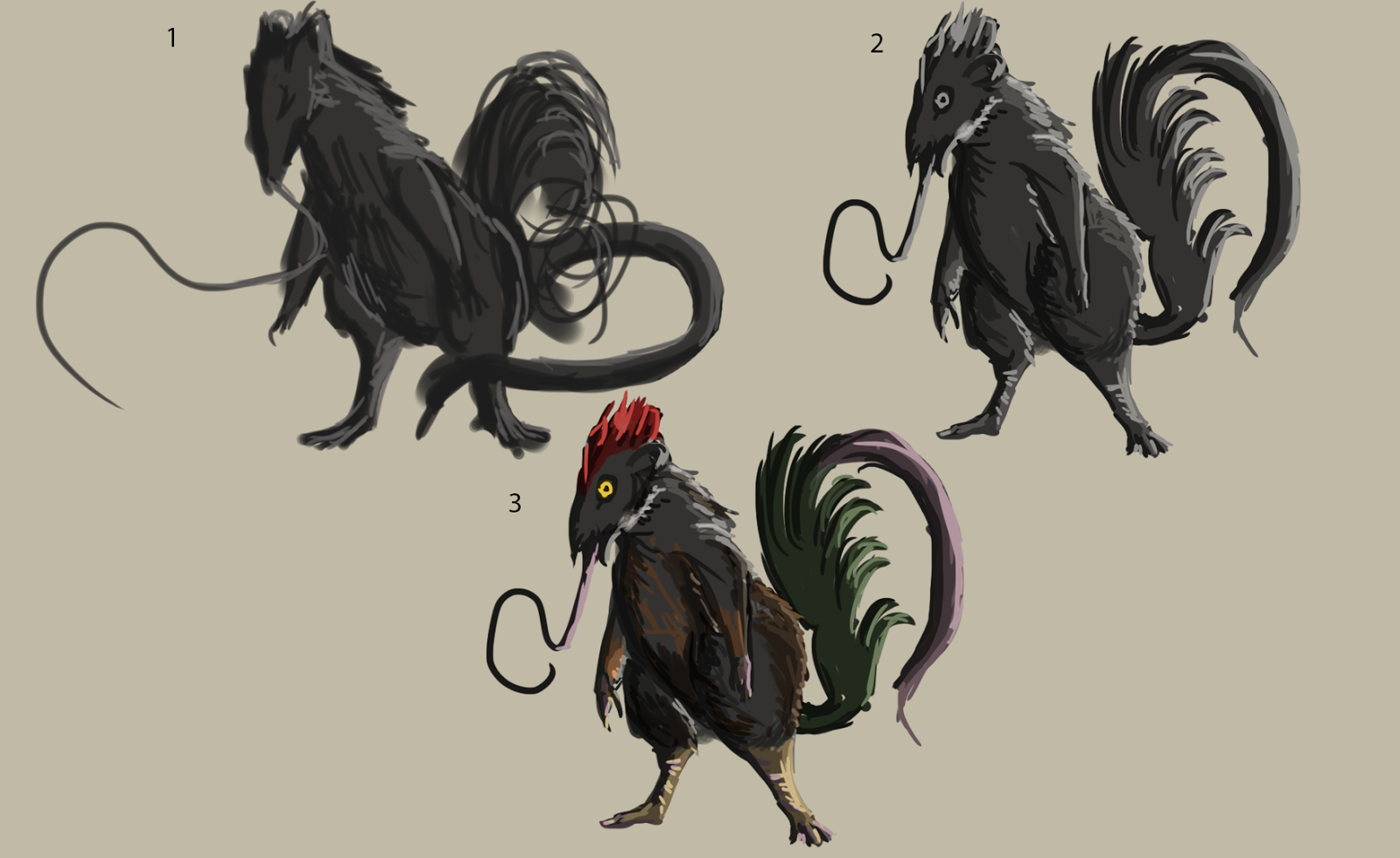
The Colo Colo or Colocolo is an evil rat-like creature from Mapuche mythology. The appearance of the Colo Colo varies depending on the region where the myth is told. Sometimes it is described as a feathered rat, sometimes as a snake or lizard with a rat's head, and occasionally it is just depicted as a huge rat.
The Colo Colo hatches from an egg laid by a snake and incubated by a rooster. After hatching, the Colo Colo will hide in a house, where it will feed on the saliva of the residents. If the Colo Colo feeds from a person, that individual will feel exhausted; if the Colo Colo is not stopped, the victim may even die. It is also said that this creature can provoke several serious diseases.
The Colo Colo can be detected if someone of the house is feeling tired for no reason, or because of its cry, which is similar to an infant wailing. When it is suspected that a Colo Colo is in the house, a Machi must be contacted to exorcise the premises. Sometimes the only remedy is burning the building in order to kill the Colo Colo.

The Pillan is a powerful and respected male spirit in Mapuche mythology. They are divided into : Ancient Pillan - that exist from before life on earth appeared ; Pillans of ancestors - corresponding to spirits of the human ancestors of the Mapuches.
According to legend, the Pillan are good spirits, but they can also cause disasters, since they also punish (or they allow the wekufe to punish) with drought or flood, earthquakes, or diseases. The Antü is the most powerful Pillan, who governs the others. In the Mapuche tradition, a man that follows the laws of the admapu can also become a Pillan after death. The Mapuche perform a ngillatun ceremony for the Pillan, for the latter to grant benefits to the people, and to thank them for their gifts.
The Pillan have been described as spirits that live in the Wenumapu (a spiritual world of good), and those that inhabit the earth generally live inside the volcanoes. (Example: Osorno and Quetrupillán Volcano). The accompanying female spirits of the Pillan are the Wangulen spirits.

The Wekufe is an important type of harmful spirit or demon in Mapuche mythology. The word wekufe comes from the Mapudungun word wekufü meaning "demon, outside being".
In the Mapuche language, Mapudungun, the word wekufe can be attributed to any person that tells lies or is deceptive. It was only after the arrival of Catholicism when the Mapuche people had gained the concept of evil that the word becoming associated with demons.
These beings can have solid, material bodies, evanescent ghost-like bodies or be extracorporeal spirit-like entities. They project from or originate in the wekufe's energy, which is characterized by its propensity to disturb and/or destroy the balance of the world's natural order. In this way they cause illness, destruction, death, and other calamities amongst the Mapuche.
Mapuche legends say that wekufes come from Minchenmapu, which is located to the west beyond Mapu (the Mapuche word for land, although in this instance it refers to the land described by the traditional Mapuche worldview). These beings originated from the forces or energies that disturb and/or destroy the world’s natural order. Unlike other living beings or spirits that possess their own soul, wekufes are soulless.
Wekufes entered the Mapu world as a consequence of the mythical battle amongst the Pillán spirits, which resulted in the breaking of the Admapu (system of rules that define Mapuche behaviour) and the destruction of the perfect harmony of the Wenumapu (world of goodness). This battle also disrupted the land of Minchenmapu allowing the Wekufes to escape and roam the Mapu and live in the Mag Mapu (the world of evil, to the west of Mapu). The best known of the Wekufes are Trelke-wekufe (El Cuero or cow hide), and Canillo, both of which are powerful wekufes with the ability to change into solid form.
I hope you enjoyed this 3 mythical creatures and you can’t find more on the internet, all you have to do is search (also ask chilean people). There are many more but that would mean an article only about mythology.

Top 5 visited places by tourists
Easter Island

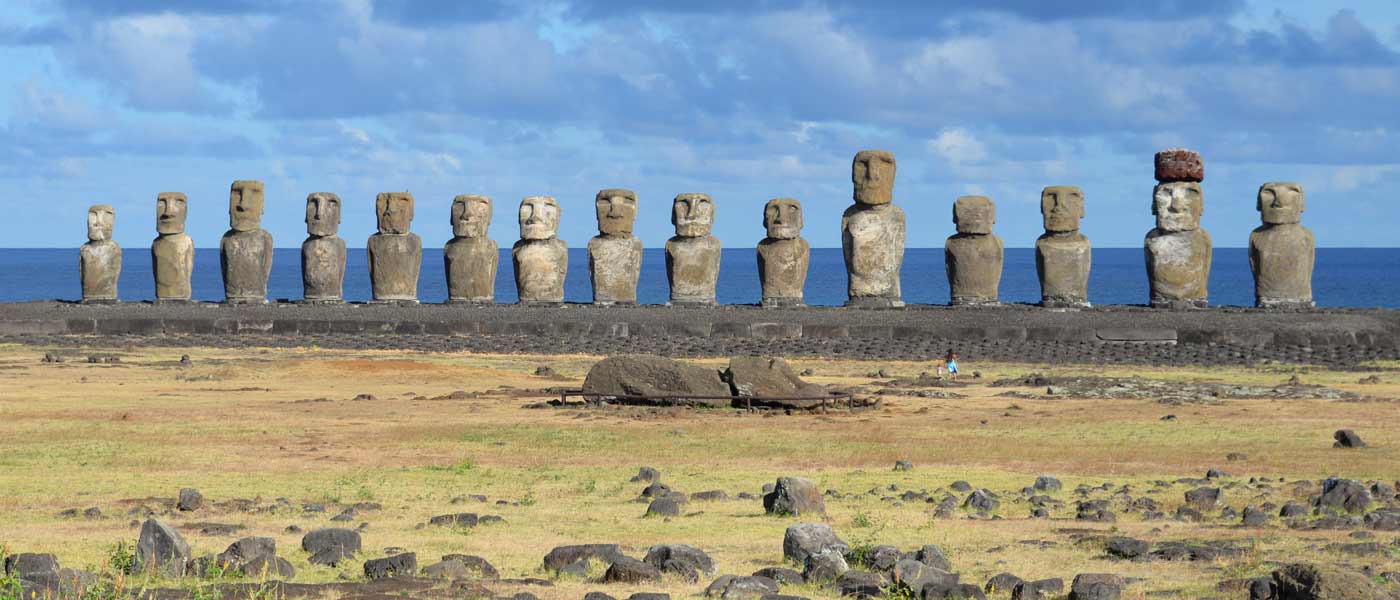
Easter Island, a Chilean territory, is a remote volcanic island in Polynesia. Its native name is Rapa Nui. It’s famed for archaeological sites, including nearly 900 monumental statues called moai, created by inhabitants during the 13th–16th centuries.
Torres del Paine
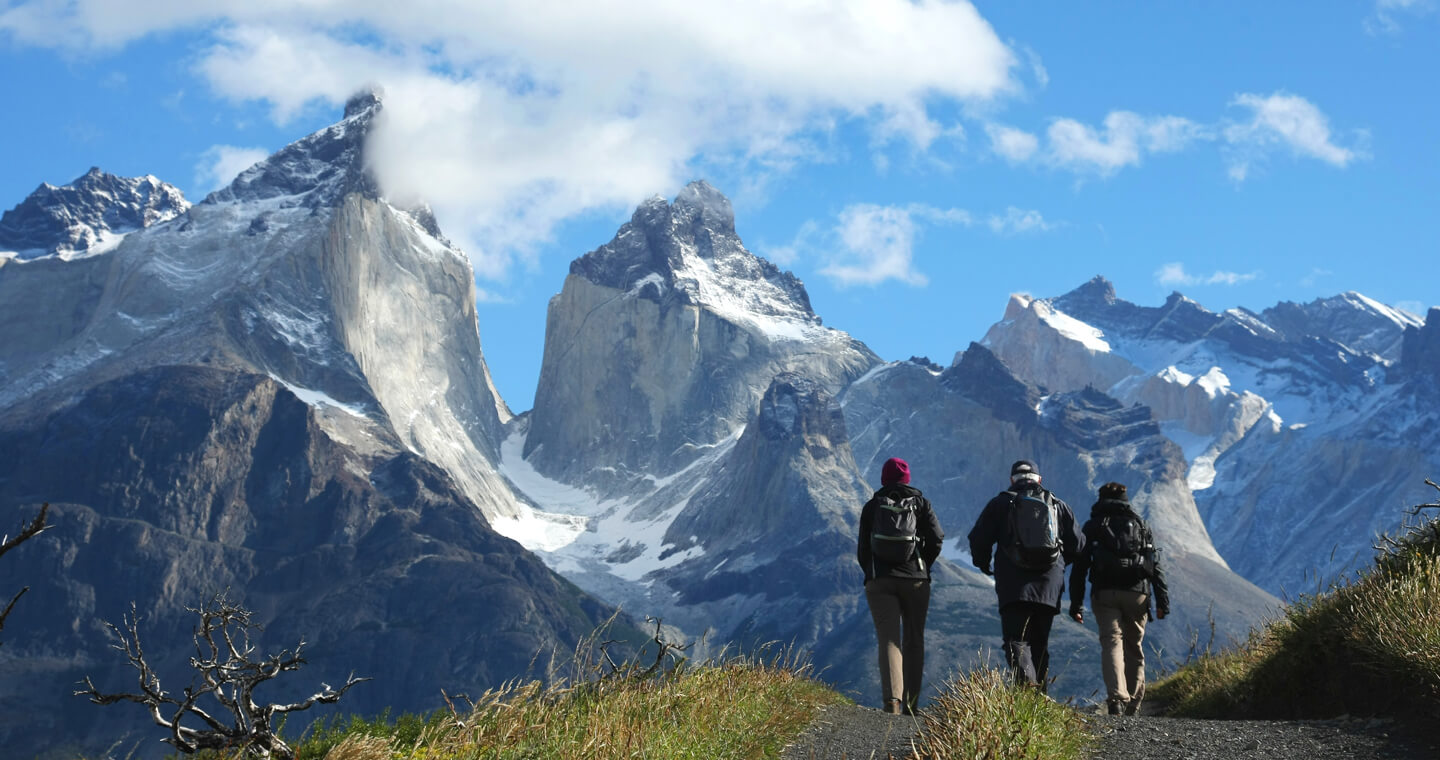

Torres del Paine is a national park in the Extreme South region of Patagonian Chile and features mountains, lakes and glaciers. The centerpiece of the park are the three Towers of Paine, three spectacular granite peaks shaped by the forces of glacial ice. The highest peak is about 2,500 meters.
Huilo Huilo


Huilo-Huilo Biological Reserve is a private for profit natural reserve and ecotourism project in southern Chile. The reserve was created in 1999 and includes 600 km² of native forest in Chile dedicated to wildlife conservation and tourism.
Valle de la Luna


Valle de la Luna is located in the Atacama Desert. This breathtaking desert landscape is the result of centuries of winds and floods on the sand and stone of the region. The large sand dunes and stone formations mimic the surface of the moon, giving the region its name, which translates to “Valley of the Moon”.
La Catedral de Mármol


The Catedral de Mármol and the Capilla de Mármol are a group of mineral formations of calcium carbonate, located on the shores of Lake General Carrera in Chile. In 1994 they were named national monument. Over the years, the waters of the lake have eroded the coastal escarpments, creating these formations, which when the lake is with little water, can be traversed internally with small boats.

Top 3 locations suggested by the locals
Laguna Roja

The Laguna Roja (Red Lagoon), is a lagoon located in the region of Arica and Parinacota, in the north of Chile. The lagoon with hot waters (approximately 40 - 50 ºC) is also called Red Sea by the inhabitants of the area.
Humberstone and Santa Laura
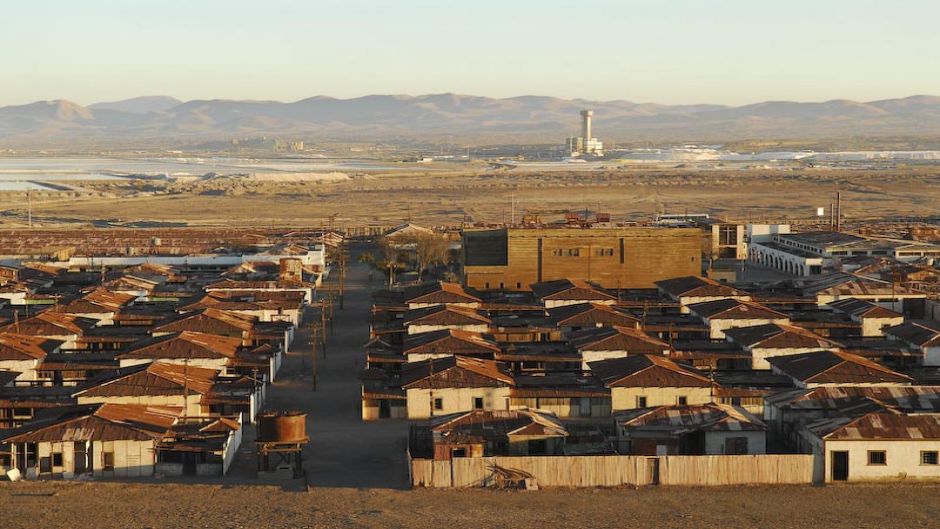

Humberstone and Santa Laura Saltpeter Works are two former saltpeter refineries located in northern Chile. They were declared a UNESCO World Heritage Site in 2005.
Isla de los Muertos

This island is located at the mouth of Baker River, it is characterized by is smooth and low-altitude and without much vegetation. However, is a historical monument as one of the first traces of settlement in the area and also by the legend of the workers who came to the area and it ended up dying after experiencing strange symptoms that deteriorating them: bruises on the legs and arms, bleeding, bleeding from gums, headaches and other ailments.

Inventions Chile gave to the world
*1st recombinant vaccine for hepatitis B virus!

*Phone keypad!

*Earbud for a stereo headset!

*Subdermal Contraceptive!


Famous chilean people
Pablo Neruda - was the pen name and, later, legal name of the Chilean poet-diplomat and politician Ricardo Eliécer Neftalí Reyes Basoalto. He derived his pen name from the Czech poet Jan Neruda. Pablo Neruda won the Nobel Prize for Literature in 1971.
(1904-1973)
Salvador Allende - was a Chilean physician and politician, known as the first Marxist to become president of a Latin American country through open elections.
(1908-1973)
Violeta Parra - was a Chilean composer, songwriter, folklorist, ethnomusicologist and visual artist. She pioneered the "Chilean New Song", a renewal and a reinvention of Chilean folk music which would extend its sphere of influence outside Chile, becoming acknowledged as "The Mother of Latin American folk".
(1917-1967)
Lucila Godoy Alcayaga - a Chilean poet-diplomat, educator and humanist. In 1945 she became the first Latin American author to receive a Nobel Prize in Literature, for her lyric poetry which, inspired by powerful emotions and made her name a symbol of the idealistic aspirations of the entire Latin American world
(1889-1957)
San Alberto Hurtado - was a Chilean Jesuit priest, lawyer, social worker and writer of Basque origin, founder of the Hogar de Cristo foundation.
(1901-1952)

Traditional food
Empanadas

An empanada is a stuffed bread or pastry baked or fried.
Pebre
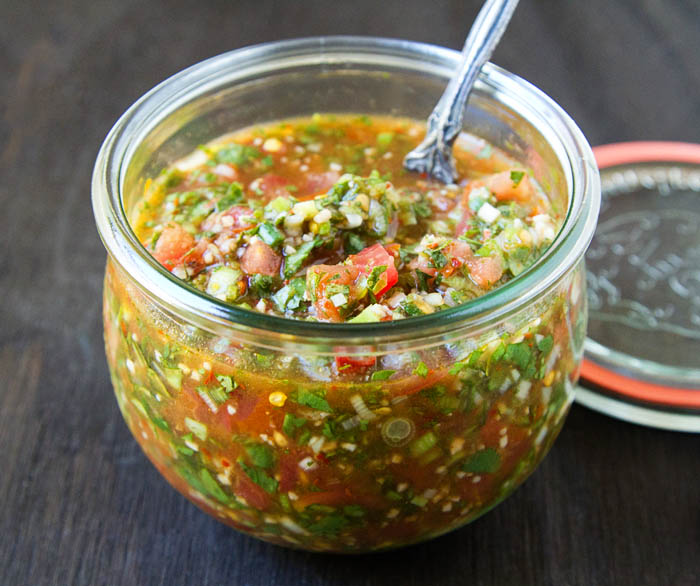
Pebre is a Chilean condiment made of coriander, chopped onion, olive oil, garlic and ground or pureed spicy aji peppers. It may contain also chopped tomatoes. Pebre is most commonly used on bread.
Pastel de Choclo

Pastel de choclo ('corn cake') is a South American dish based on sweetcorn or choclo.
Humita

It consists of masa harina and corn, slowly steamed or boiled in a pot of water.
Cazuela
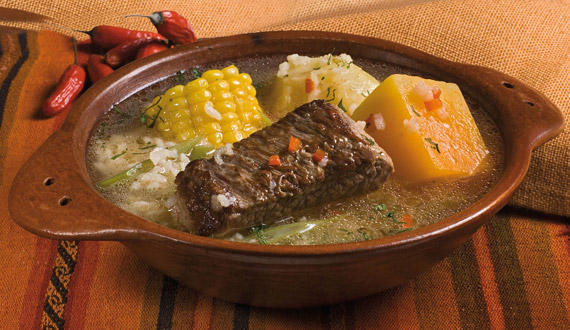
The cazuela is a typical dish of Chile. The most common types are made of chicken or beef, but there are also other types made from porkand turkey.

5 interesting facts about Chile:
1.Chile has the largest annual fireworks show in all of South America in the city of Valparaiso during its famed New Year’s Pyrotechnic Festival. In 2007, Valparaiso shot for the Guinness Book of World Records with the largest amount of fireworks exploded in one evening: 16,000.
2.Chile is the longest country in the world from north to south at 4,620 km long and extends across 38 degrees of latitude. The Andes Mountain Range extends the entire length of the country north to south.
3.Chilean husbands and wives have different last names because women keep their maiden names.
4.Penguins can be found in several areas of southern Chile, including the Seno Otway Penguin Colony near Punta Arenas. Humboldt penguins can also be found in the north coast of Chile.
5.Chile began to export salmon in 1984 and is now the world’s second largest exporter of salmon after Norway. Chile is also the largest exporter of fishmeal in the world.

My 5 words when I hear about Chile:
#Andes,#earthquakes,#EasterIsland,#AlexisSanchez,#fun
What are your 5?

Special thanks to HerrVodka , and message for the comunity:
“Igual le volamos la raja a todos los qlios cuando la wea de game estaba equilibrado.”
“We beat everyone when the game was balanced.”
Waiting for feedback , coments , opinions and if there is anyone that thinks I missed something , I could do something better or just wants to help me with this project , PM me !
Special thanks to Kariky for the spacers !!
Hope you enjoyed and see you next time!
P.S. Article 12/74!












P.S.2. Don't forget to push that flags !
P.S.3. Most expensive article I ever wrote..15 gold..



Comments
NE Vampiria.
my eb are ready 😃
The red sea ❤️
o7
Nice article, beautiful country.
Special thanks to HerrVodka , and message for the comunity:
“Igual le volamos la raja a todos los qlios cuando la wea de game estaba equilibrado.”
“We beat everyone when the game was balanced.”
esta es la mejor parte del articulo!! \o/
depends on the point of view .. I for one liked the sightseeing
obviously there is a lot of tourism, now I almost speak Romanian fluently
draga mea prietenă
*dragul meu prieten .. I am a boy , not a girl 😛
That's why I said that I almost spoke Romanian
akajkjkajka
for me this series is about knowing more about the RL countries .. don't really care of what happens in the game when writing this
I even do articles about certain countries and I even made one from Romania
https://www.erepublik.com/es/article/2648111/1/20
🙂
hehe , nice 🙂
Puente Alto una ciudad? csm xDDDDD
smt wrong ?
Puente Alto una ciudad? csm xDDDDD
Happy National day Chile o7
o/
Is there gonna be food? Ok, then I'm coming!
o/
v
o7
Happy National Day Chile! o/
Love this series of articles
I hate it untill I start writing..after that i start loving what I find
4600 km north to south...that's a lot of driving 🙂
Only 46 hours with an averege of 100 km/h
This article , the history the culture of Chile . Compare to the previous one you wrote (a joke)
Chile definitely one of the places i would like to visit!
Pablo Neruda ❤
v
Every country has something special .. and the previous was mexic that has at many Interesting things
I meant the article about FYLOL and the historical facts laid there (rofl). Nothing with the great history of Mexico. Nothing with your articles as well i like them plus i understand you need to write something for each country even if it is a great handball player 😃
🙄
After checking what you wrote on that article, I'd feel something if you were somebody worth a damn, but everybody is entitled to their own opinion, regardless of the lack of rationale from which it comes.
There's a saying that goes by:
"One is a slave to the words that are spoken", which would be nice if everybody knew what it means.
You mate, are only commenting in order to bait people from the RoM into your hateful arguments.
The place of volcanoes 🙂
Great article , VIVA CHILE.
Excelente articulo!
Great Article!
My top 5 words when I think about Chile:
#Pacific; #Allende; #Cueca; #San Pedro de Atacama; #hjijosnuestros 😉
VIVA CHILE CONCHESUMARE!
Interesting, i learned things.
You have my vote !
Grande Chile! o7
Happy National day Chile o7
❤
Gracias por el artículo.
Grande Mi Patria!!
Chile ❤
Happy National day Chile!
Happy your National Day my lovelt Chilean friends o7
Excelente articulo. Gracias por eso.
Falto quizas que no hemos peleado mucbas guerras, pero las hemos ganado todas, jeje.
Y muy bueno el co entario de HerrVodka,, jajaja.
Nice article 🙂
Happy National day Chile!
Nice 🙂
Debo visitar Chile 😉
Muy buen artículo
Salvador Allende
07
thanks for the article
🇨🇱🇨🇱🇨🇱🇨🇱🇨🇱🇨🇱🇨🇱🇨🇱
[removed]